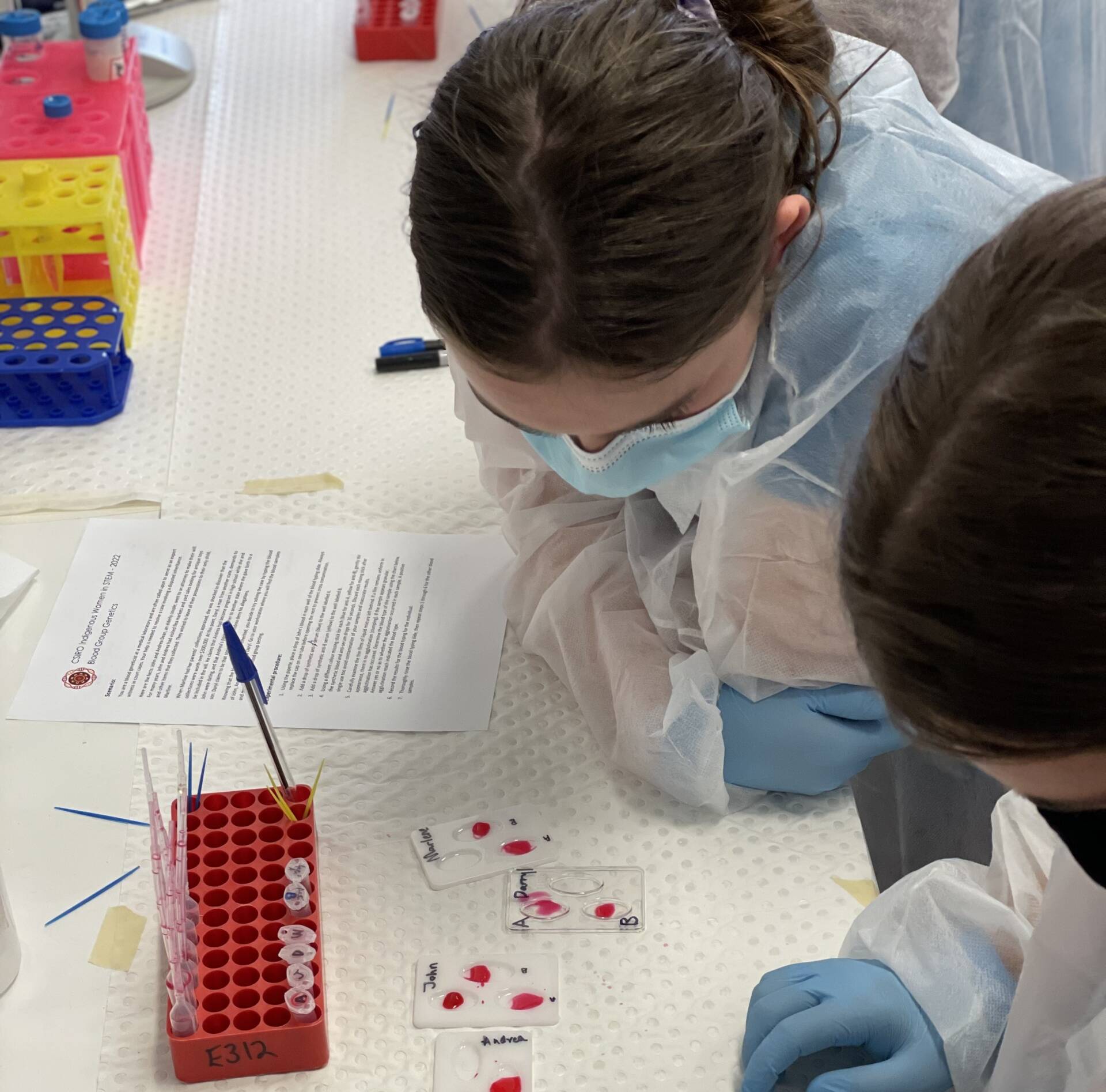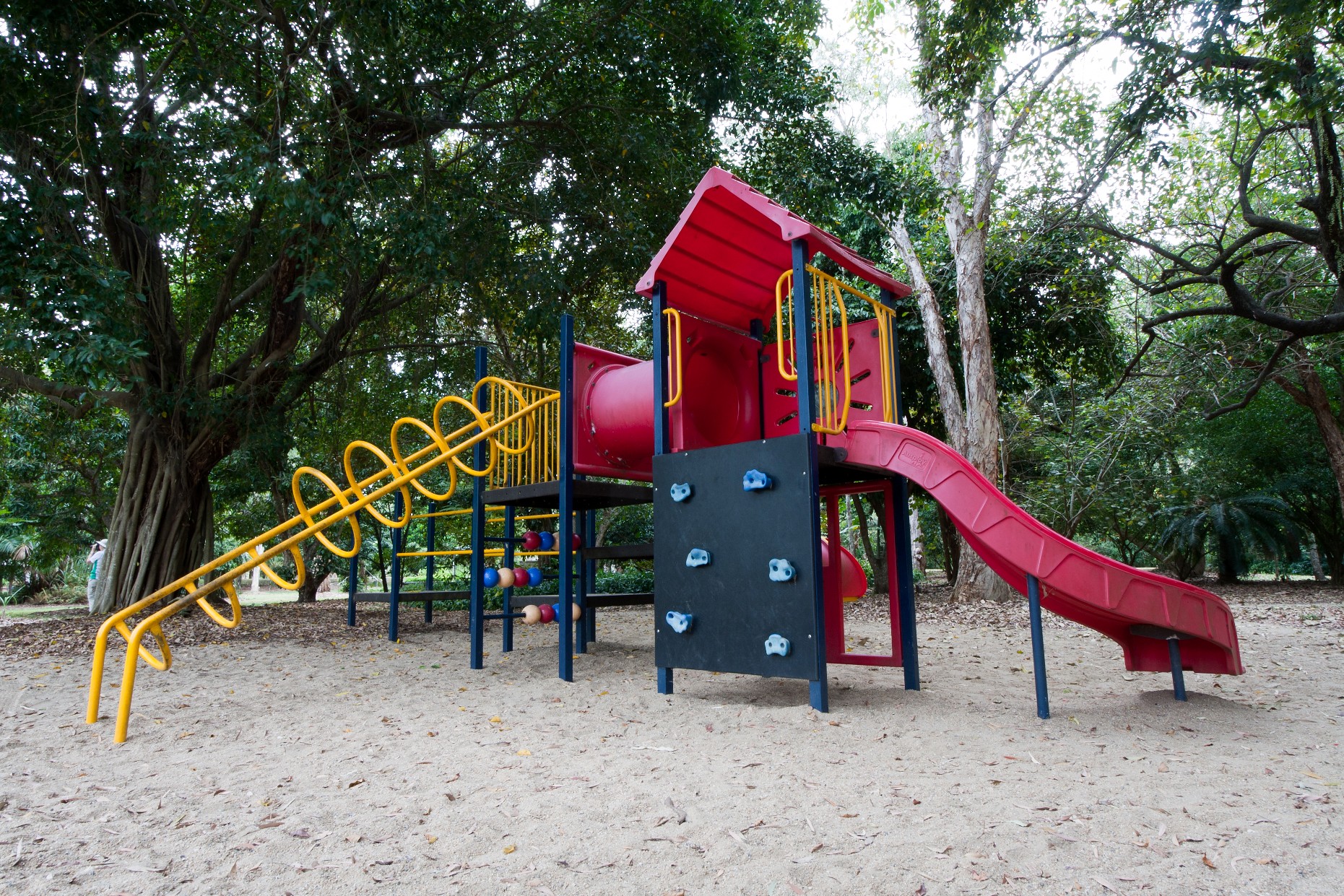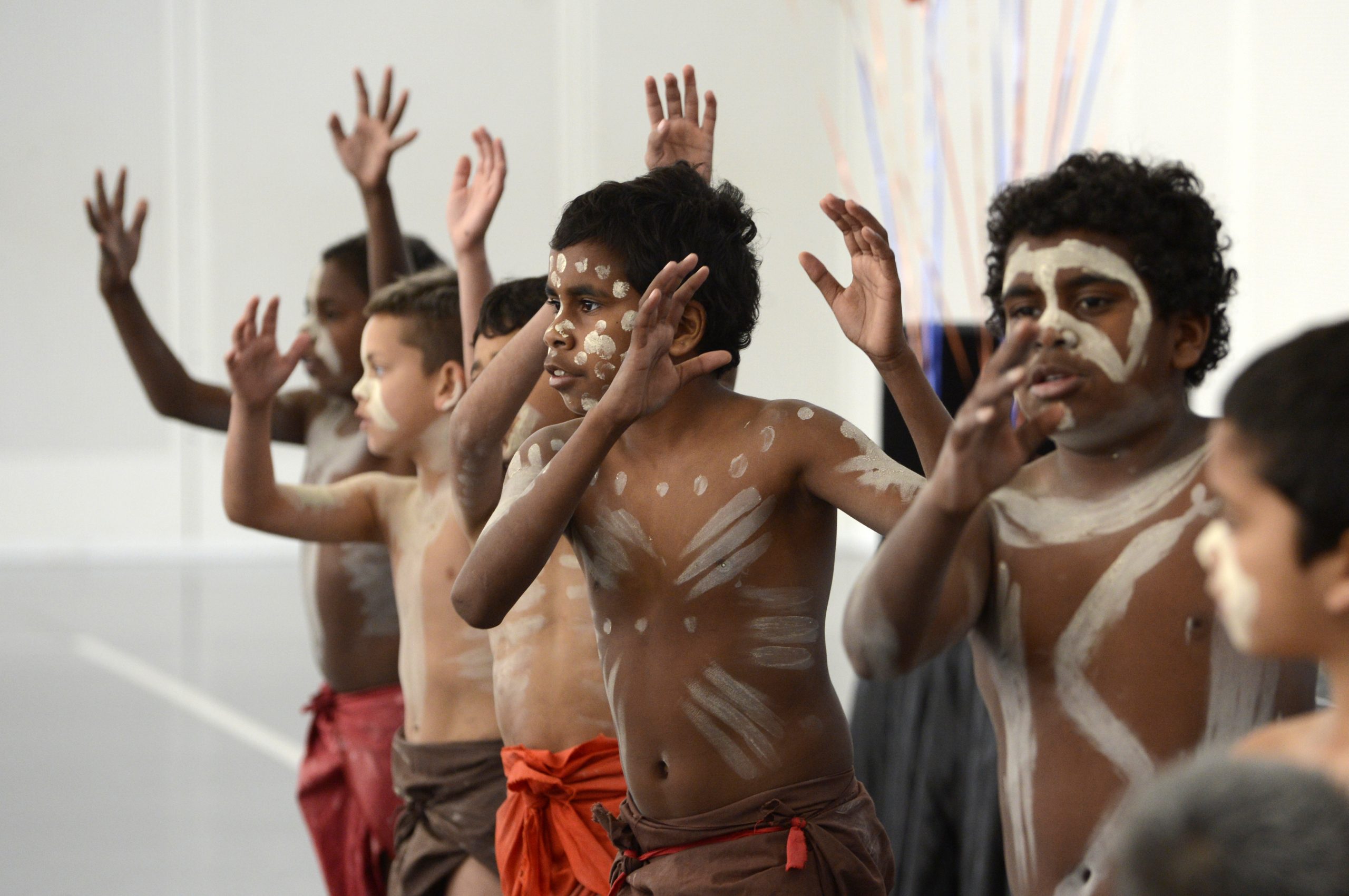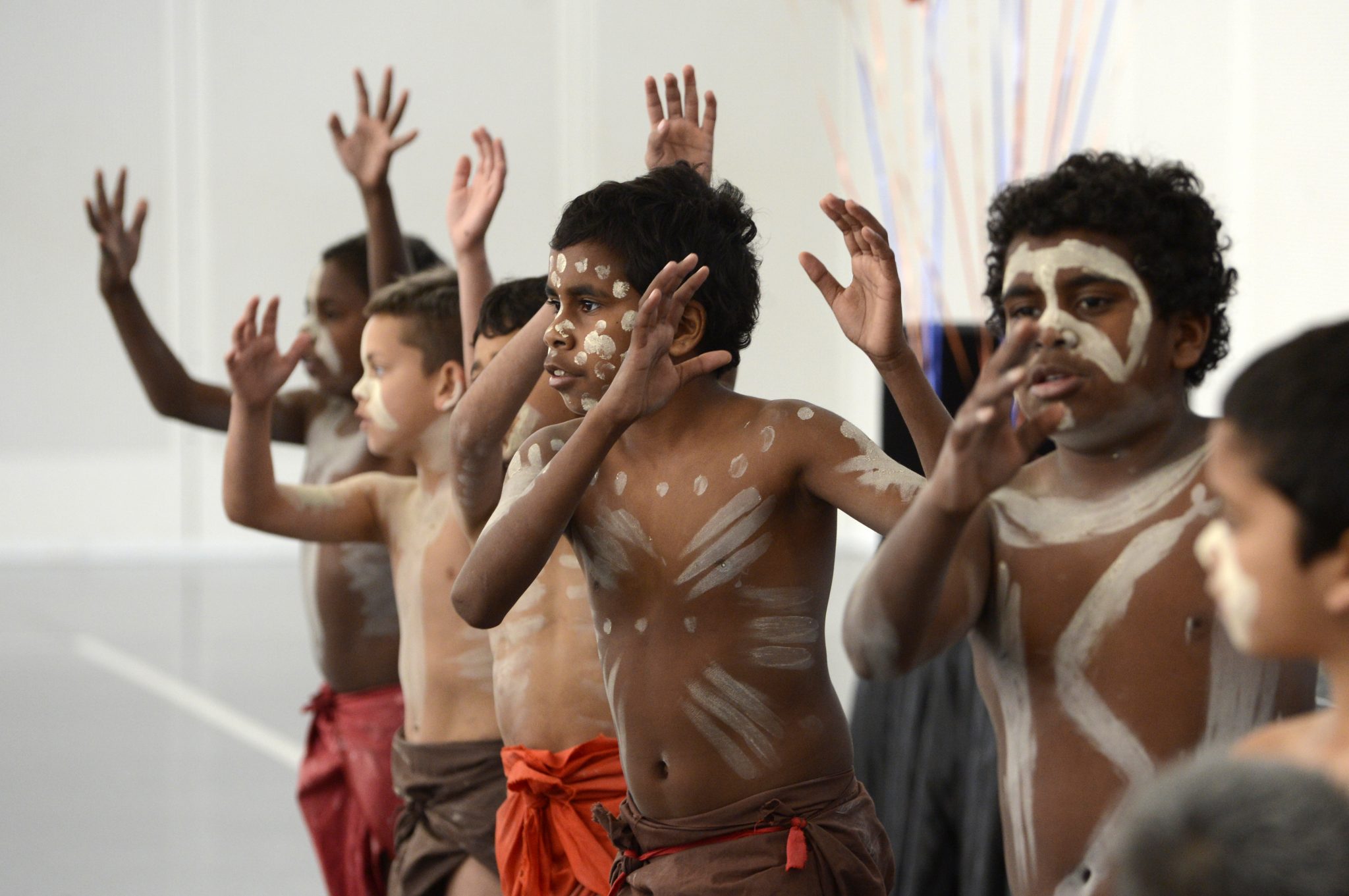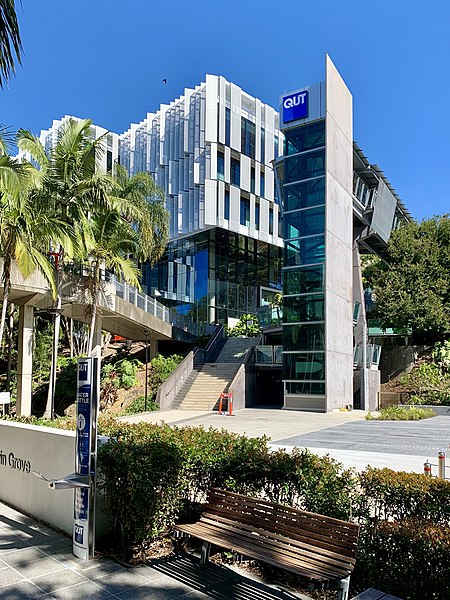Experts say STEM jobs are the jobs of the future, but without steady funding for programs and representation, Aboriginal and Torres Strait Islander could be left behind.
STEM or Science, Technology, Engineering and Mathematics, careers are expected to become vital as technology and knowledge continue to evolve and expand.
The CSIRO estimates that over the coming years 75 per cent of new jobs will require STEM qualifications.
An analysis of 2021 ABS data by the Diversity in STEM Review found less than 1 per cent of Aboriginal and Torres Strait Islanders held a university STEM qualification and 5 percent held a VET STEM qualification.
Programs leading to ‘fantastic results’
Programs like the CSIRO’s Young Indigenous Women’s STEM Academy have been able to deliver on supporting young Aboriginal and Torres Strait Islanders in the sector.
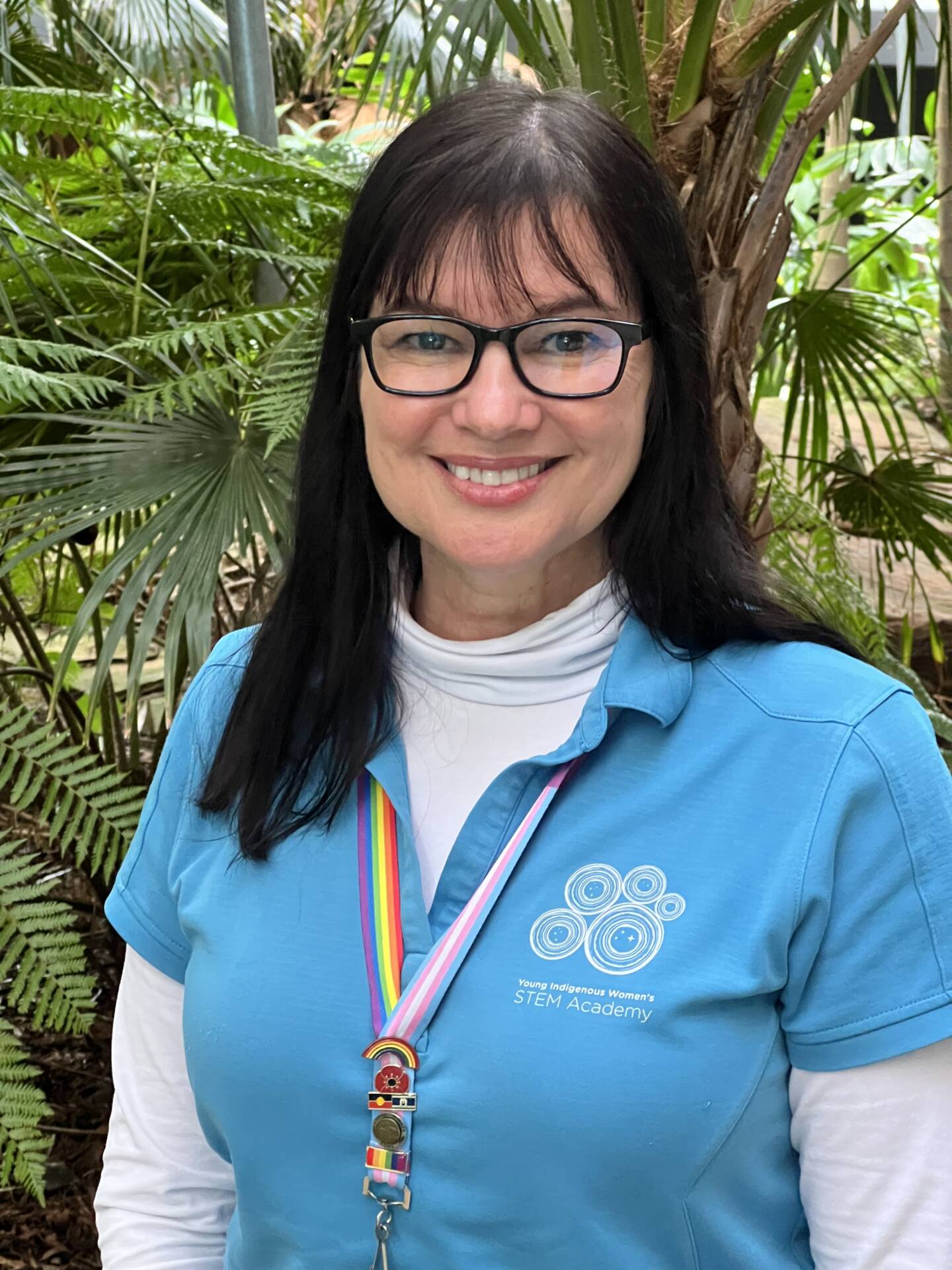
Kalkadoon woman Kim Dyball is the manager of the academy.
She says since it’s establishment, the academy has exceeded its mission to assist 600 Aboriginal and Torres Strait Islander girls to get into STEM fields. To date, the academy has been able to enrol 657 Indigenous female participants.
“Last year, we actually had our first year eight cohort of young women complete Year 12.” say Dyball.
“We’re really proud to say that actually 94.8% retention rate was achieved.
“And that’s compared to the national retention rate for indigenous female students of 63%., which is this fantastic result.”
Dyball says it’s important for programs to not just target academic high achievers.
“We realised that young women who are in schools sometimes are not really connecting, because they don’t see the value in school, they’re not sure about what they want to do.
“But once they actually get introduced to different opportunities, their eyes light up, they find their passion, and then they see the purpose of school.”
Despite getting great results. this will be the first year the academy won’t be taking on new Year 8s, due to only being able to afford support for existing students.
“We’re reaching out having lots of conversations with different organisations, including the government as well around trying to secure additional funding.
“Because we’ve got so many younger sisters, younger cousins, who want to follow in the footsteps of these amazing women who are already part of the Young Indigenous Women STEM Academy.”

Wiradjuri woman Keely Peery is an alumni of the academy and a biotechnology graduate from the University of Queensland.
She says the news is devastating.
“You can’t say anything other than devastating because it has been such an impactful project, it’s obviously done, exactly what it set out to do and more.
“So funding wise, it is a little bit of a blow.”
The National Indigenous Australians Agency (NIAA) which funds the program says it’s still committed to the academy.
“The Academy includes two components: the Young Indigenous Women’s STEM Academy and a Teachers of STEM Initiative delivered by the Stronger Smarter Institute.
“The NIAA is working with stakeholders and government to ensure the Academy’s contribution to lasting change through the creation of a generation of female indigenous leaders in STEM continues.”
More representation needed
Quandamooka man Professor Chris Matthews is the CEO of the Aboriginal and Torres Strait Islander Mathematics Alliance (ATSIMA.)
He says he’s seen grade’s improve by tailoring the content to young mob.
“A lot of our kids are taught by non-Indigenous people, so they can’t be experts in who we are.
” So the first thing I advocated for was to be able to teach mathematics, so that kids had an opportunity to express the way they want to see it.
“It’s a bit like music or art, where you express the way you see the world through that.
“So you can actually teach mathematics doing the same thing, like a self expression.”
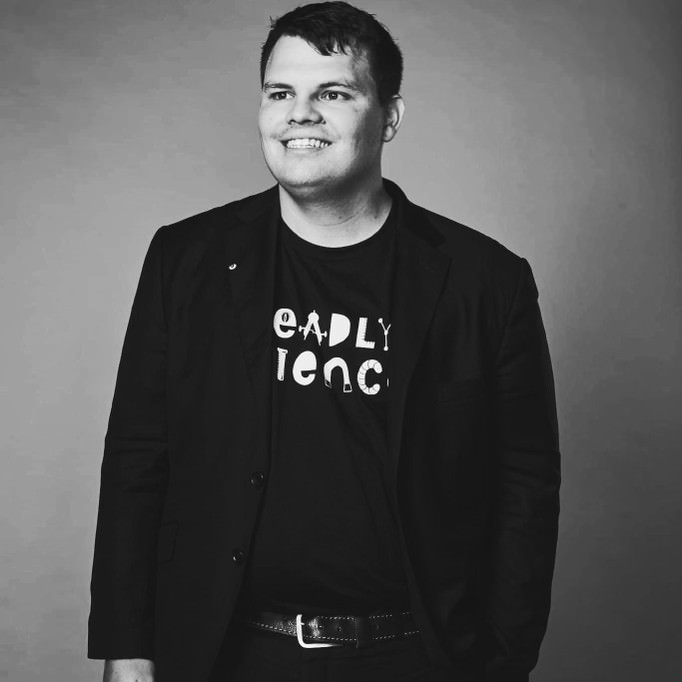
Proud Kamilaroi man and founder of Deadly Science Corey Tutt OAM, says Indigenous participation in STEM is 20 years behind where it needs to be.
He says a lack of representation is a big reason why.
“The biggest issue with STEM is a lack of representation of Indigenous people in science and technology, engineering and mathematics.”
“We’ve got some really great people in the industry, but those people are stretched, because the organisations, put a lot of pressure on those people to be everything, whilst doing their careers as well.
“So we need to really work on the grassroots.”
Mr Tutt says he hopes that one day Indigenous scientists will be celebrated as much as sporting heroes.
“Those people need to be seen and they need to be held above so that our young people can want to be like a Misty Jenkins, Mitsy Jenkins Gunditjmara woman who’s a brain cancer researcher, why can’t kids look up to her and dream, what if?”
Feature image supplied

